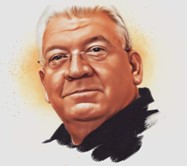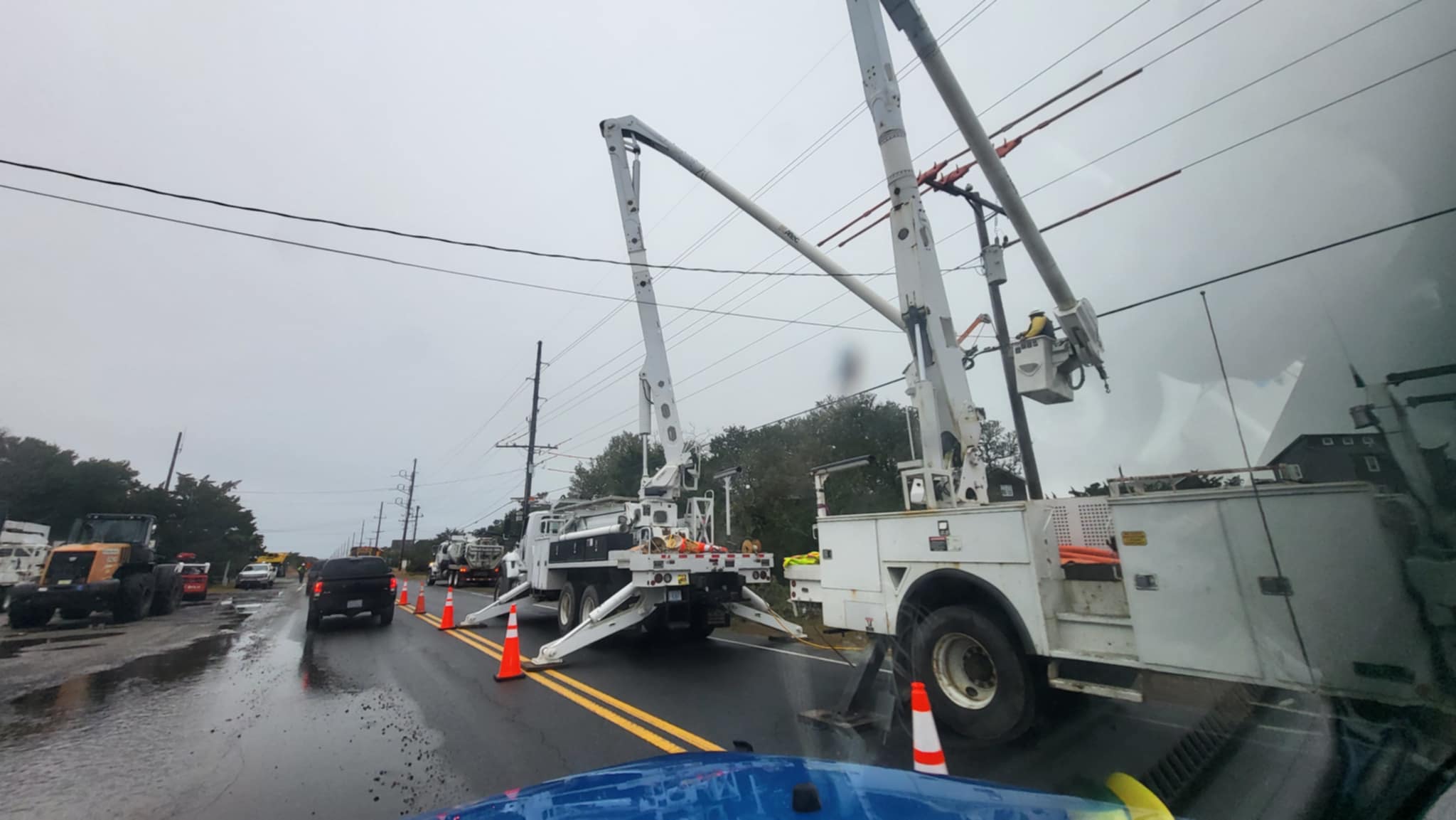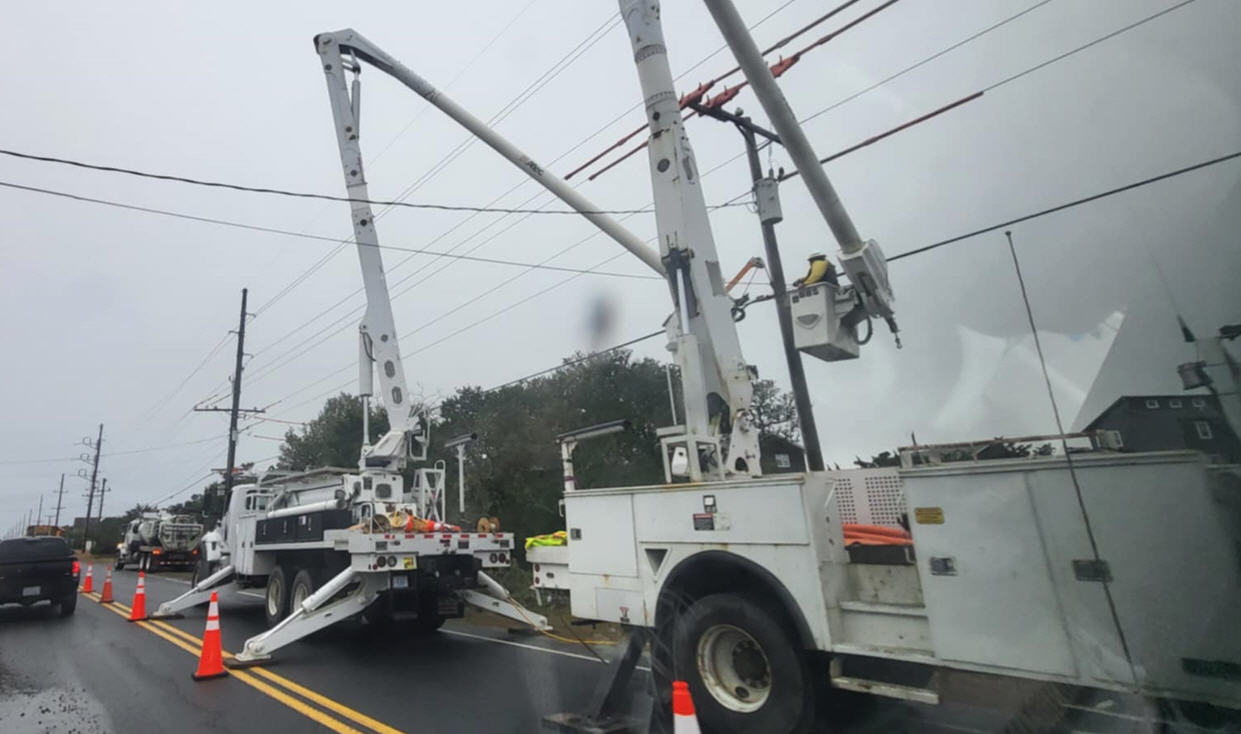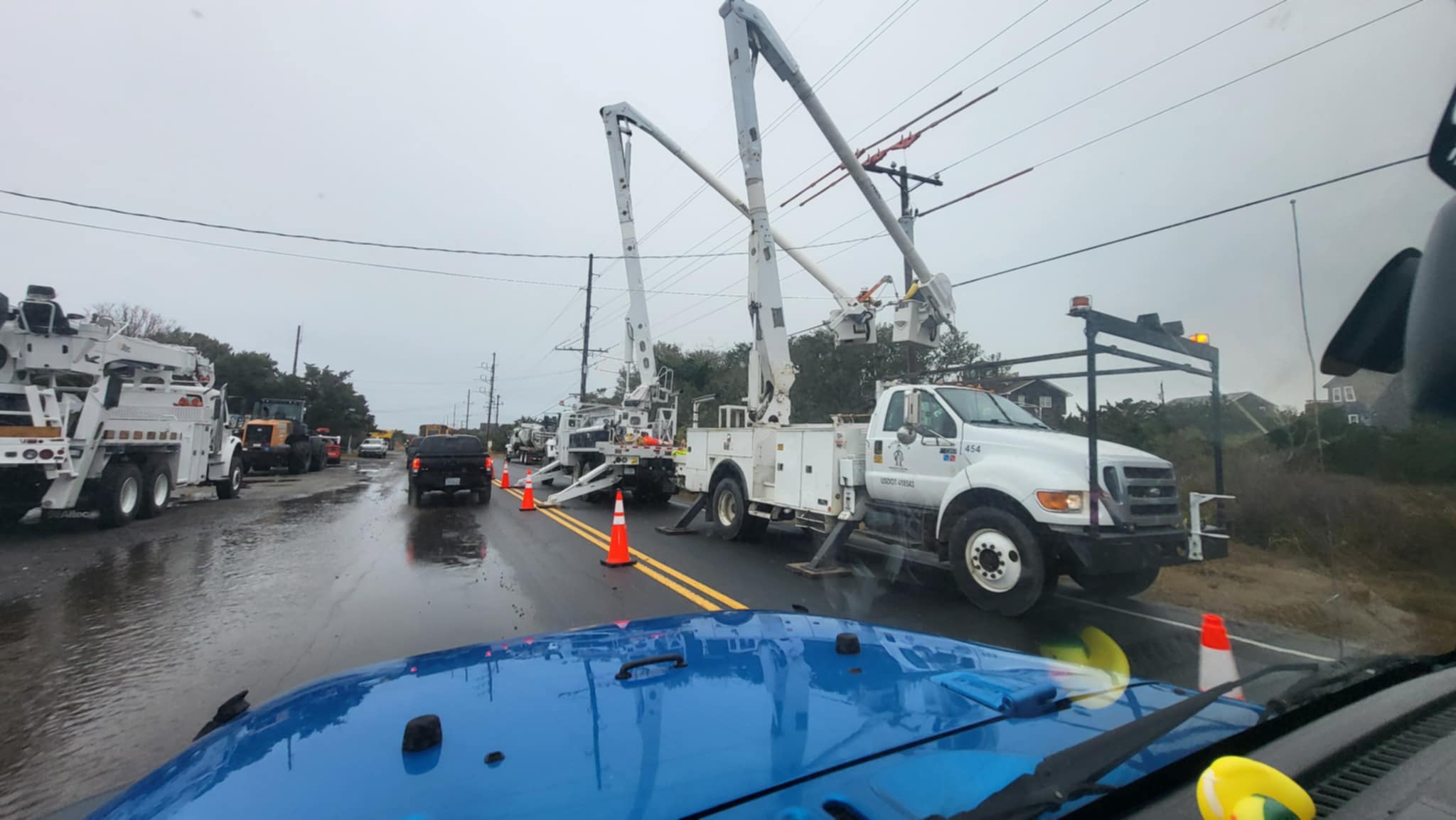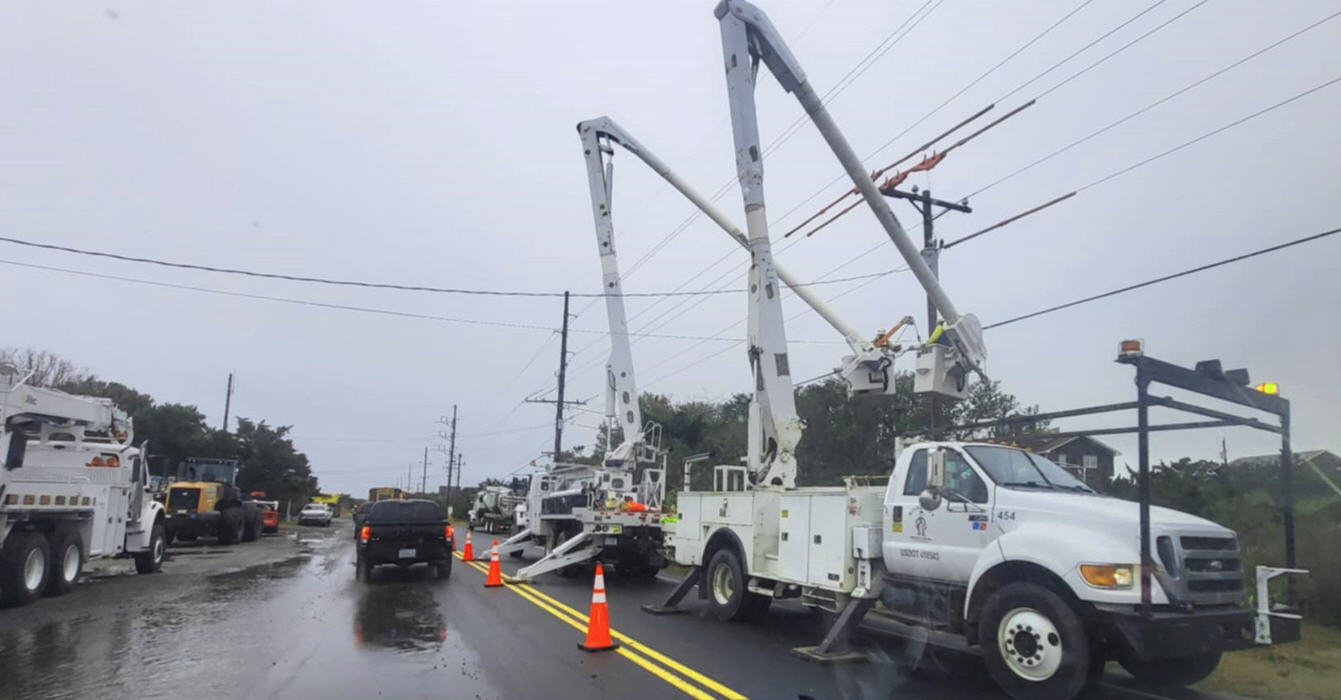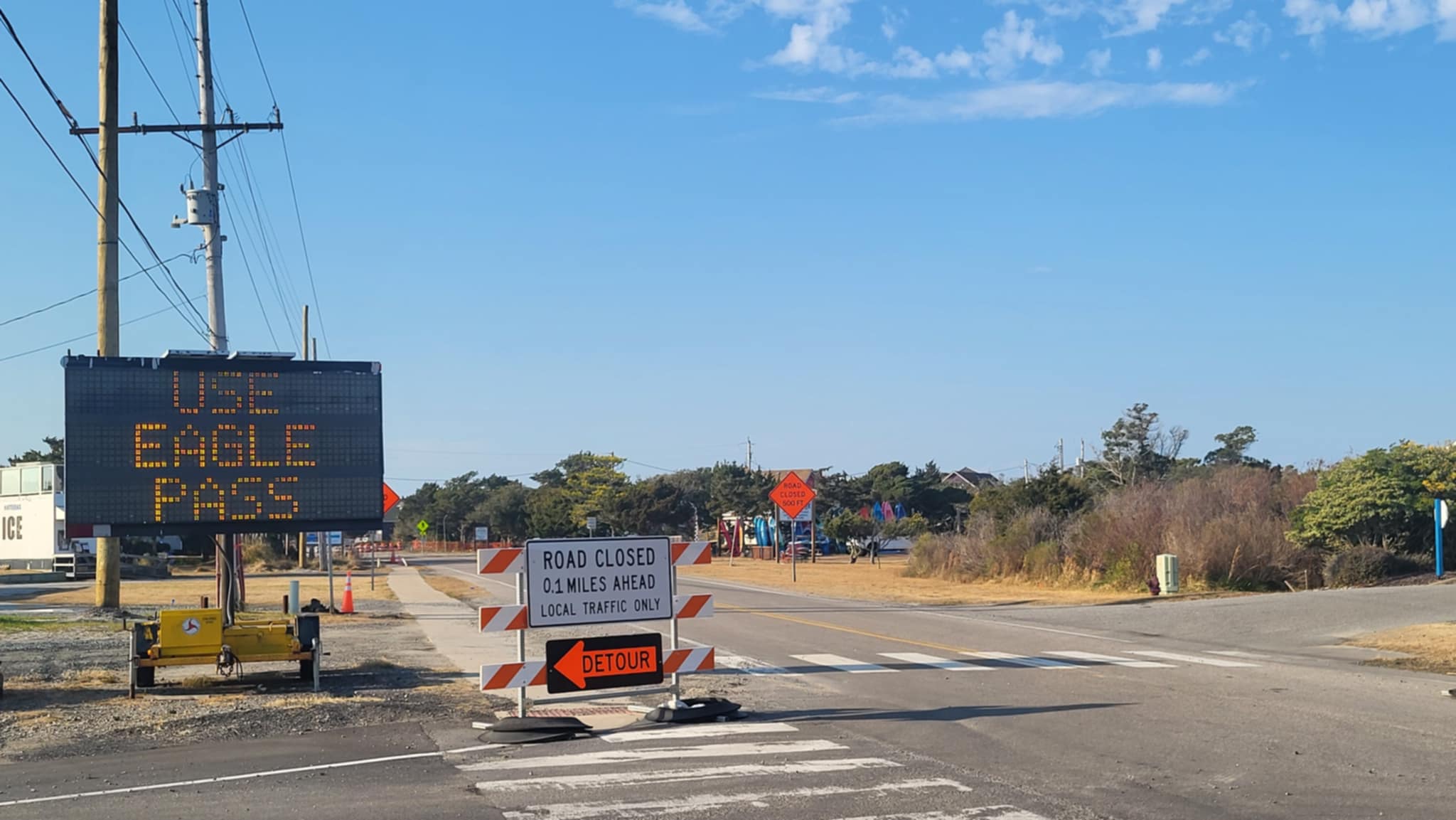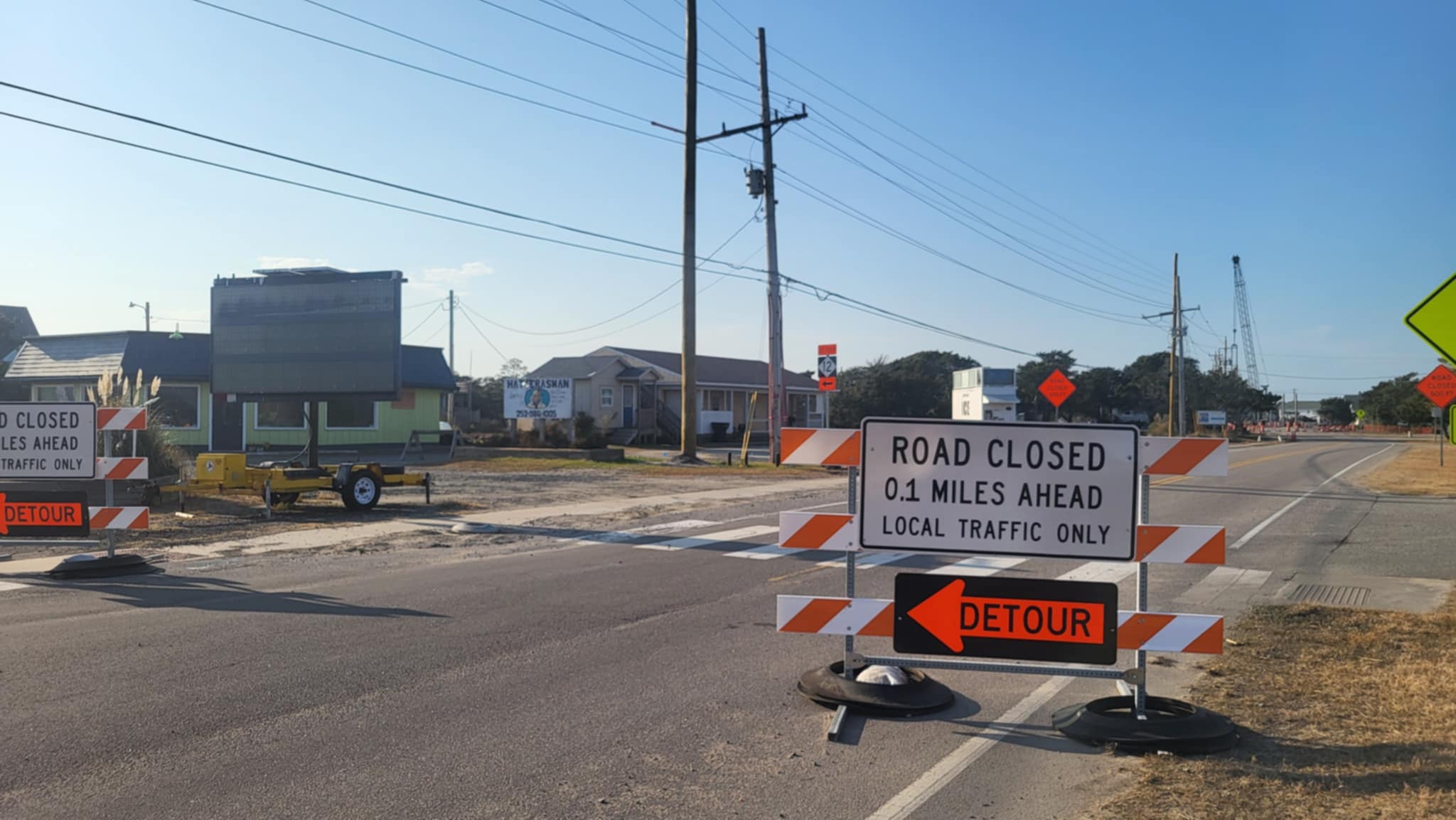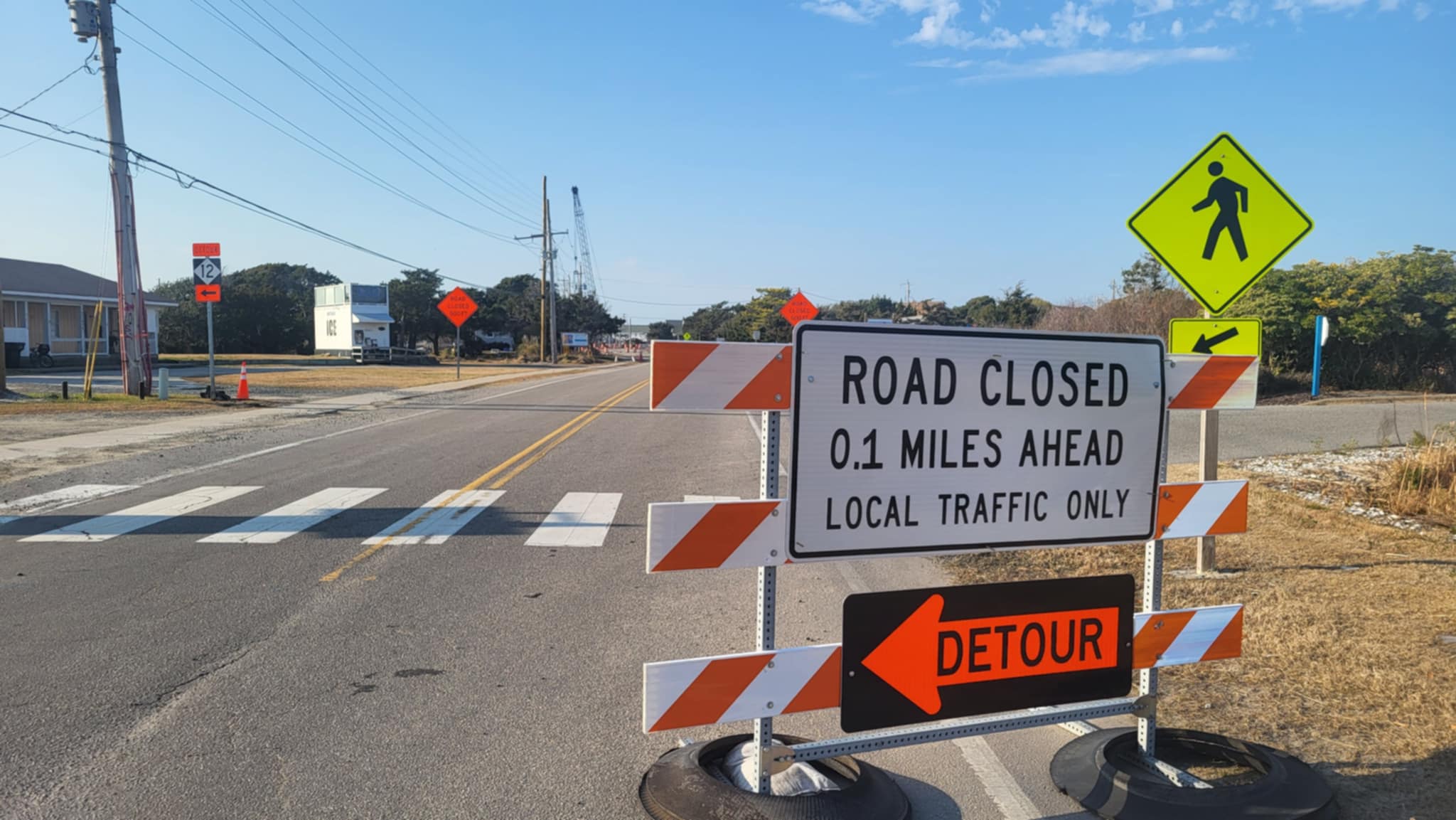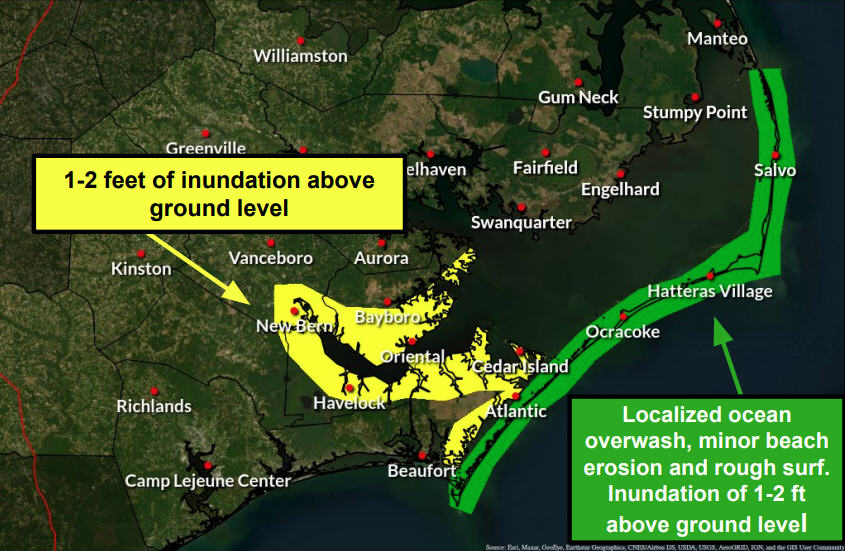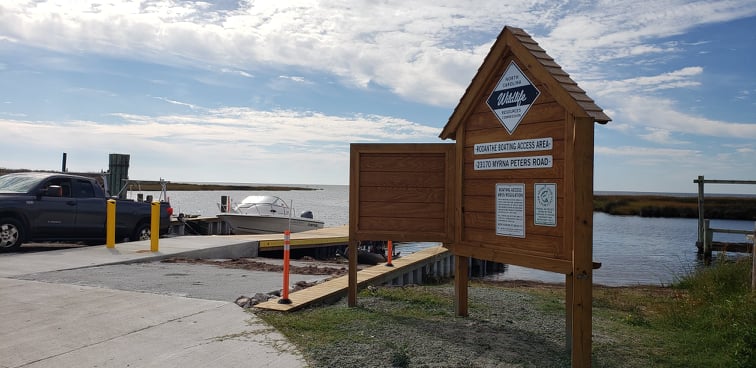Employer recounts a rewarding experience with foreign students who travel to Ocracoke for a summer of work
By B.J. OELSCHLEGEL
By B.J. OELSCHLEGEL
I ventured down the path of employing eastern European students when the supply of local employees started running dry. Each summer, I would struggle with not enough workers or, even worse, not enough workers who would show up.
I would live in dread of having to learn the date that I would lose the U.S. college students, as they headed back to school. Besides having to run a business, maintaining employee coverage is a major stressor for an owner.
A fellow shop owner told me about her foreign student worker program and I saw hope at the end of the tunnel.
I researched an organization called the Council on International Education Exchange (CIEE). This non-profit and non-governmental group has been in existence since 1947 with a mission “to help people gain understanding, acquire knowledge and develop skills for living in a globally interdependent and culturally diverse world.”
I learned how the program works to provide a legal path for these students to work in the U.S., and I was qualified through an employer profile. I described the kind of work I had available, the employee characteristics that I needed, and my housing options. I had to be able to find housing for each student, and they expect to pay rent for that housing.
My employer profile was then shopped at a number of job fairs in Eastern Europe during December. College students choose the profile which suits them, based on the description of the U.S. location, the prospective wage, and the housing costs. The program reps are there at each job fair to assure that the employer’s needs are also met. As an example, if the employer requires a proficiency in English good enough to be able to meet the public, the rep would engage the student in conversation to gain a sense of competency with that skill.
CIEE is only one of the organizations that bring students to the U.S. for this special four-month J-1 seasonal work visa program. The young people must be active college students.
They have led me to understand that the allure of a college degree is expected to guarantee that the students return to their native country. When quizzed about how the program sustained itself, my rep indicated that the American side of the organization charged each student $100 to enter the visa program. The fees from the European side of the program are much higher. My Moldovan students paid $700, along with the CIEE fee of $100. Couple that with a $1,300 plane ticket, $500 in travel expenses, and the first month’s rent, and you can get a sense of the motivational forces at work to come to the U.S.
These kids are driven to make this adventure happen. Consider the money required, the governmental visa bureaucracy, the navigational skills necessary to get from their small hometowns to a large U.S. airport, having to find their way south, and ultimately being thrown into a crazy summer season business environment with a new language and new money system. I often wonder if I could do what they have done.
Much of the history and the historic places that we take for granted in our country have been a topic of study in their schools from the time they were in grade school. Anna and Irina, returning Moldovan students, describe their time in the States as a dream come true.
They tell a story of being transfixed by the elementary school teacher who initiated their English studies. They promised themselves that they would come to America to perfect their skills with English and to experience that which they had studied in school. Anna and Irina traveled to New York City last year after their stint at The Slushy Stand and before they flew home.
Anna spoke about the tears in her eyes when she saw the Statue of Liberty for the first time. The girls knew every detail of the history of the monument, and there it was! These two young women then became teachers of English in a Moldovan elementary curriculum during the 2010-2011 school year.
Out of my five years in this program and the 15 students with whom I have had the pleasure of working, 13 of these kiddos have shown a strong desire to prove their worth to their employer. This characteristic is so closely tied to their identity; I find it to be very endearing.
My favorite story involves a young man from Ukraine who came to me to tell me that he had secured a second job with another shop owner. I wanted to be clear that I did not want to have to manipulate my schedule to accommodate this other employer. With a strong thump of his forearm diagonally across his chest, he assured me that “My loyalty will remain to you, B.J.” I almost cried.
Besides the initial step of finding the employees and providing legal entry into this country, CIEE also supplies a medical insurance program for the student during their U.S. stay. Additionally, the program requires the employer to treat these workers as they would an American worker. A signed contract, with the employer’s commitment to an hourly wage and an agreed number of hours per week is meant to protect the student worker’s rights while in this country. CIEE is available 24/7 for questions or concerns from either employer or employee.
So, here I thought that I had merely secured a solid base of workers for a good long period, generally from before Memorial Day until after Labor Day.
No one warned me about my sense of responsibility towards these young people. It might have been my sense of compassion for these kids and their trek into the unknown. It might have been sparked by a phone call that I received the morning after having made the long haul from Norfolk to Ocracoke to retrieve my first round of students. The day before had been grueling with the heat, the luggage, and the shopping that was necessary.
It was 6 a.m. the next morning when the phone next to my bed rang. I was groggy and the voice on the other end said in a thick Bulgarian accent, “Nadia?” It was the mother of one of the students that I had just picked up. She knew no English and I knew no Bulgarian. I’m sure she wanted to know if her daughter had made it safely. I gave her the phone number for the house where Nadia was staying and wondered if she understood.
What I did know, as one mother to another, is that she had just entrusted her precious child to me. A wash of protectiveness came over me, and I have found myself working hard, over the last five years, to take care of these young people as I would want someone to take care of my own children, who would have uprooted 3,000 miles for the summer.
In January or February, after the job fairs are over, I receive notice of the students who will be coming. I ask only for as many workers as I can find housing for. Our contact starts with an initial e-mail of introduction. I give them the opportunity to ask questions, and I make the request that they all try and coordinate their arrival in the U.S., with the final destination being either the bus station or airport in Norfolk, Va. A run to Norfolk in the season is always an ordeal.
Over the years, I have written and refined an e-mail, which I call “The Final Big European E-mail.”
Initially, I started writing about the weather and what they could anticipate with regards to the job. The e-mail has grown to include my expectations for keeping their living arrangements clean, our bug population, rip currents, what kind of clothes to bring, the effects of the sun, the need for an alarm clock, mail/UPS contact info, and what to wear on the job.
There is always a final confirmation of fight numbers or arrival times and a reiteration of my cell phone number.
At first I had a sign that said “Ocracoke.” Nowadays it is obvious. They look haggard and I am the one searching.
Lost luggage is common and for sure they are always famished. I love bringing these kiddos south during the day. From the osprey nests next to the bridge to the Outer Banks, to the Wright Memorial and Jockey’s Ridge and the incredible vista from the Bonner Bridge, they are eager tourists. It is the ride on the ferry that gets them every time!
I have linens waiting for them at the house. They sleep like rocks that first night. I provide a bike for transportation along with a map.
These students have that “deer in the headlights” look on their faces as we start the training process on their first day of work. But, people are people, and they take the same two weeks to drop down into the groove as any American worker.
There are some refinements that must be made, mostly involving the English language.
One student was greeting the customers with a “What do you want, mister?” rather than the customary “How may I help you, sir?”
The translation was a little too direct and needed some fine tuning. The U.S. employees keep an ear peeled for these kinds of misunderstandings and we always have a good laugh together.
Within three days of their arrival, these students must sign in over the Internet with the worker program. This confirms their entry into the U.S. and starts the clock for acquiring a Social Security number. They do not pay into Social Security and Medicare, but they do pay federal and state withholding. Every January, I email their W-2s, and they apply for their tax return.
Acquiring the Social Security number means a day-long trip to Elizabeth City. Getting the number is easy, but the shopping afterward is monumental. A Super Walmart can be overwhelming. Helping them weigh the benefits of one product versus another or trying to find something that they have in their country but maybe not here gives me a clearer picture of our cultural differences. It is always fascinating.
These students epitomize the essence of hard work as the basis of one’s success in life. Not only are they excellent students at their respective universities, but they take extraordinary pride in being valuable employees. They assume responsibility for everything they have been taught to do. When that spills over to other employees, I am a happy camper.
As with many employees on the island during the summer, these students take on more than one job. Other employers know about “my students” and take advantage of the student’s desire to fill every waking hour of their day with employment. I have five students this season — three returning from last year and two new students. That is five different schedules to accommodate. We set a schedule by fitting the puzzle pieces for each job together.
These kids are most often on time, always cheerful, and always willing to give it their best. With what they take home in a summer, they can purchase a new lap-top or camera and supply living and school expenses for a year.
From the beginning of my relationship with this program, I have had students from Ukraine, Bulgaria, Russia, and Moldova. I have had four young men and nine young women. Five students have returned for more than one year. It is a godsend to have workers who can hit the ground running. This season, I have five students from Moldova — Anna Oboroc, Irina Avricenco, and Nadejda Pirlog. From Bulgaria, we have two sisters, Yana and Aleksandra Stoycheva. Anna, Irina, and Yana have returned for a second year at The Slushy Stand.
I’ve been thankful for the ready, willing, and able supply of employees. The cultural exchange is appealing from sharing native dishes to meeting families via Skype to seeing picture albums of the hometown.
I enjoy being the tour guide; as we head out of town in preparation for their return trip, I try and schedule a couple of stops at The Wright Memorial, or Roanoke Festival Park, or The Virginia Beach Marine Science Museum. Many times, all the students want to do is shop. They opt to skip a meal and direct me to just take them to another bargain store.
Last year, I had a whole day with Yana and Boro, before their 10 p.m. bus into Washington, D.C. They had two weeks of a continued adventure to look forward to in that they were going to Miami, The Everglades, Glacier National Park, and San Francisco.
On their departure day, we ate Indian food in Norfolk to give Boro a taste of a new world of spices. He enjoyed his job as a cook at Dajio’s and spent hours copying recipes out of my recipe books at home. We made it through all of the aquariums at The Marine Science Museum, my favorite place in the whole world. We finished off the day at the oceanfront in Virginia Beach with the two kiddos pedaling me in a cart down the boardwalk.
Besides falling in love with each of these young people and being appreciated for all that I can do for them, I see this student work program as an incredible ambassadorship.
The ripple effect of their time in the U.S. goes way beyond my wildest expectations. They give more than they take. We each discover that people are people and not just what we see on the news.
I once asked a Russian student, who ended up living in my guest bedroom for a month (a much longer story,) what he had learned during his stay on Ocracoke. His response was “That not all Americans are arrogant.”
These kids have life-changing experiences, and then they go home and tell their families and friends. Their parents are grateful for the kindnesses that their children have been shown. We, likewise, have stories to tell and good memories to hold on to. They become part of our family here on the island.
What better way to learn that the world is full of people just like us with the same desires and dreams.
(B.J. Oelschlegel has lived on Ocracoke Island for more than 30 years and has worked in the real estate business for 26 years. She is a broker with Ocracoke’s Lightship Realty and a real estate columnist for The Ocracoke Observer. You can reach her by e-mail at bj@ocracokelightshiprealty.com)
Subject
Name
(required, will not be published)
(required, will not be published)
City :
State :
Your Comments:
May be posted on the Letters to the Editor page at the discretion of the editor.
May be posted on the Letters to the Editor page at the discretion of the editor.
May be posted on the Letters to the Editor page at the discretion of the editor.
May be posted on the Letters to the Editor page at the discretion of the editor.








